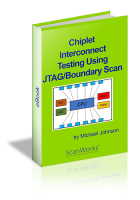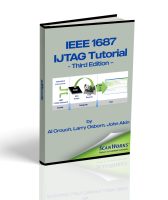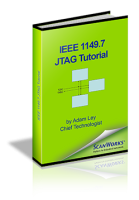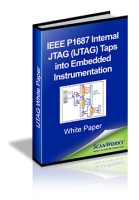Chiplet-based multi-die devices, as products of a heterogenous integration design methodology, play an important role in today’s chip design and implementation strategies. The drive to implement multi-die devices began in the 1970’s with a packaging innovation approach consisting of placing multiple interconnected chips on a package-scale substrate. These devices became known as multi-chip modules (MCMs). Over time, additional packaging innovations emerged such as System in a Package (SiP), System on Integrated Chip (SoIC)™, 2.5D-Integrated Circuits (ICs) and 3D-IC packages. Multi-die packaging innovations has allowed the semiconductor industry to create smaller, faster, configurable, and lower power ICs.








